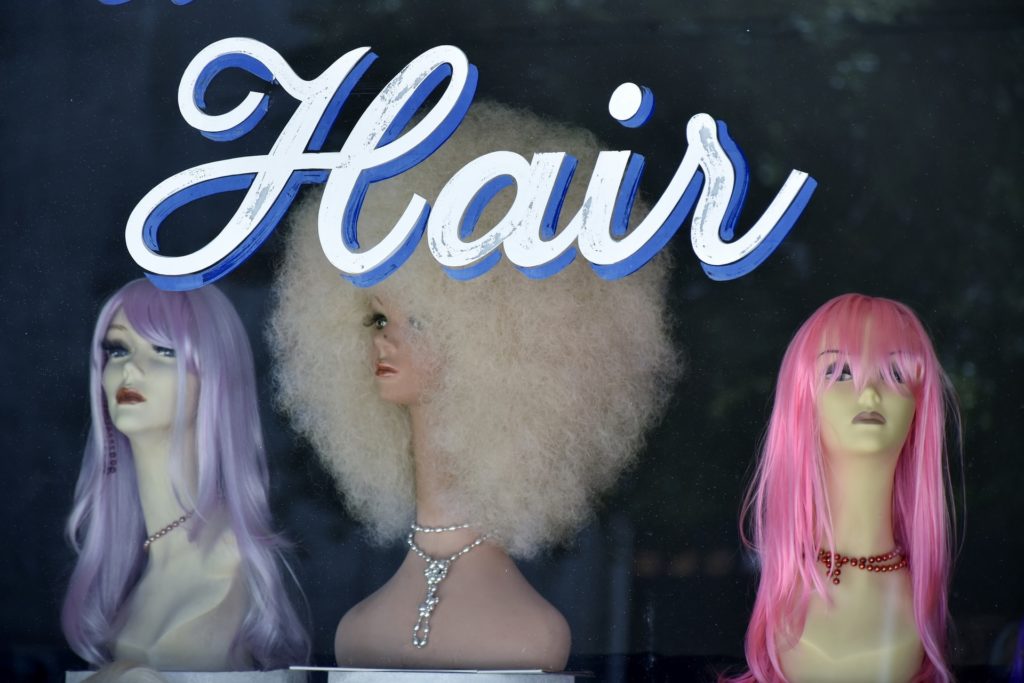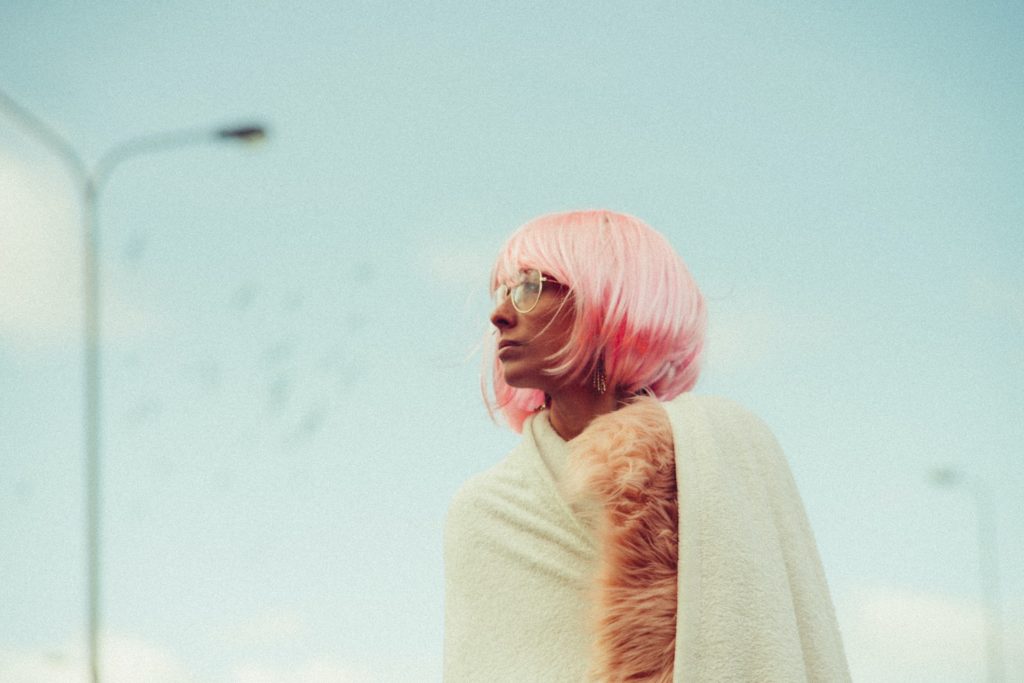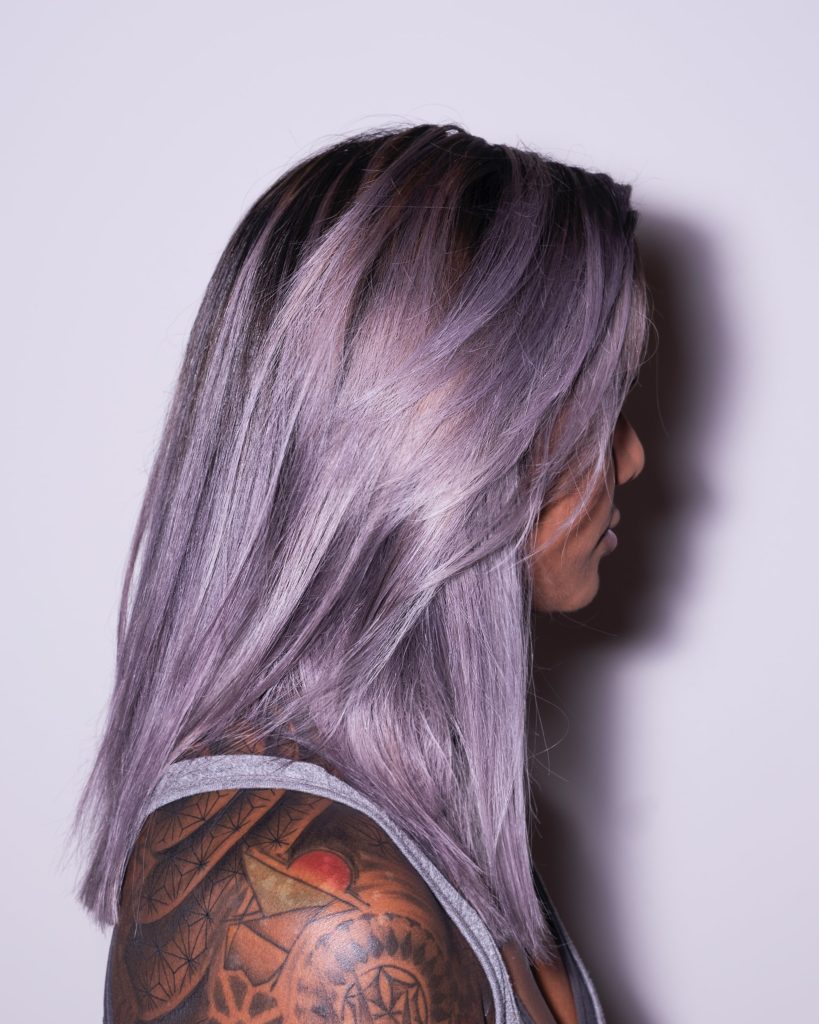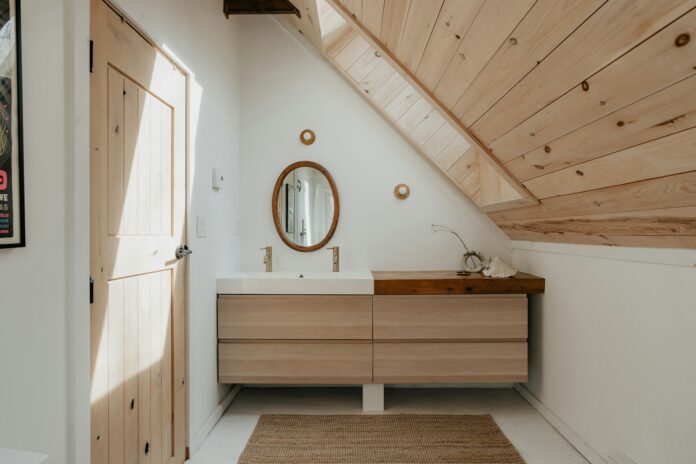Tired of sitting for hours on a salon chair getting your hair done? Even more tired of waiting for hairdressers to reopen? You’re not alone.
Beyoncé, Katy Perry, and Lady Gaga have opened up not just themselves, but the world, to the wonder of hair extensions and wigs, with statistics showing that the global wig market is set to hit $10 billion in size by 2023.
Despite this amazing uptake, what defines a wig’s success most on an individual level is how well you can maintain that natural look when wearing one. The rule of thumb as far as wigs go is that if it looks “wiggy”, it’s just not working. The problem is, no one provides a handbook or manual on how you should go about choosing the best wig for that natural hair look.
Though it’s not a handbook, this should see you right; our 5 tips on choosing the IDEAL wig for natural hair.
GO FOR A ROOTED COLOR
If you’re buying a wig for the first time then you need to know about rooted colours which add a critical ingredient to the natural look of a wig; that element is dimension. What rooted colours do best is that they give the illusion that the hair growth is from your scalp. On top of that, they are associated with high-end salon craftsmanship, which is a big plus.
“But what if I’m not a fan of rooted colours, or I just can’t find one for my wig”, we hear you say.
Then go for a blend of two or more colours. This blend can still add that much-needed dimension, while not boxing you in to a particular set of shades. Alternatively, you can add further highlights to add that sense of fullness.
Just make sure that the item you pick doesn’t have a solid, blocky colour, which can rid the wig of dimension and make it look synthetic.


CHOOSE THE RIGHT SIZE, AND BEWARE OF ITS PLACEMENT
The size of your wig and how you wear it will determine whether it looks natural or not, regardless of whether the wig itself is made from human hair.
For instance, if you place the wig too far down on your forehead, its erroneous positioning will be noticeable. And if it is too big, trying to keep it in the correct, fixed place will be difficult, too.
So, what should you do?
Preferably, wear a nylon or mesh cap underneath the wig. The purpose of this cap is to conceal your natural hair and ensure any excess hair falls out under the wig. This allows the wig to lie naturally under your hairline, giving that much sought after natural look.
Read: 5 things to keep in mind when straightening your hair at home

GO FOR LACE FRONT CAPS
The cap construction of a wig is a great determinant of not only the versatility of styles you can apply to the wig but also how natural it looks.
And as far as choosing the cap goes, you don’t need to go all Money Heist just to achieve that natural look. There are two more affordable options on the market to choose from: lace front wigs and monofilament tops.
Lace front wigs, like this one from EvaWigs, are half machine-made and half hand-tied. This means that they can provide a natural-looking hairline, making it look like they’re coming right out of your scalp. Thus, you can pull the hair back off your face and still look natural.
Monofilament tops, on the other hand, give a similar natural look to that which lace front wigs provide. The only difference is each hair is sewn into the scalp to mimic how natural hair grows.
BLEND THE WIG WITH YOUR NATURAL HAIR
If you want a blended natural look – meaning your wig is supported by some of your real hair – then you need to find a way to blend the wig with your natural hair. U-part wigs, for instance, allow a bit of natural hair to pop at the front and blend in with the rest of the wig’s hair further back.
Should you opt for a different kind of wig but are still keen to blend your natural hair with it, then you can choose to wear it a little further back to expose your natural hair. This allows a bit of your natural hairline to be exposed and is a great alternative if you’re to wear any style aside from a lace front wig.
CONSIDER HAIR DENSITY
As our friends at www.keswigs.com tell us “great wigs aren’t cheap, and if you want yours to last a long time and look great, you’ll need to purchase the correct hair density”. When it comes to wigs, density is defined as how thick or thin you want your hair to . The standard density is 130% which is a medium Density. While the choice of density is up to you, the most realistic and natural looking density is a medium density of 120% to 130% – not to thick, not to thin, but just right.





